Andy Adcock
Worst person on Birdforum

That Periopta is obscene!!!!!

It is a real stunnerThat Periopta is obscene!!!!!
I struggle and have a massive backlog both of unidentified photos (probably 35000+ still waiting to be processed) and of putting notes into my own database (I use a piece of commercial software called Bird Journal that I have written my own checklist for) and then eventually upload everything onto iNat (now got into the routine of uploading each day when I put it into my database but still have a backlog of 000s of photos to upload). On top of that am in the process of writing / developing a web resource for the moths of FNQ and the Cape. Last night was by no means the busiest - can routinely get over 250 species a night in the Wet in decent conditions and have had well over 15000 moths on the sheet in the past.Those numbers are ridiculous! How do you find time to do anything else at all?!
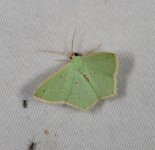
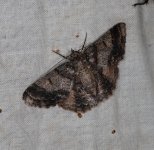
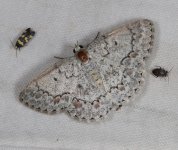
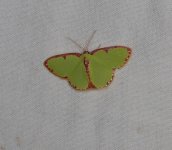
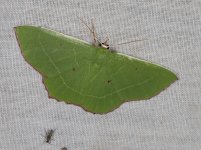

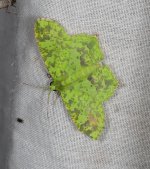
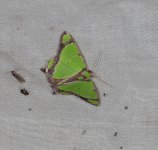

Morning Alan, the fauna of WA is markedly different to mine and I have never trapped there but these are my thoughts - in order they appeared in your postJust found your posts. Moved to WA in March and work 15 km inland from Dongara in WA's MW. Found a few moths around the work site in the mornings, Any chance you could ID for me?
View attachment 1484144View attachment 1484145View attachment 1484146View attachment 1484147View attachment 1484148View attachment 1484149View attachment 1484150View attachment 1484151View attachment 1484152

Many thanks,Morning Alan, the fauna of WA is markedly different to mine and I have never trapped there but these are my thoughts - in order they appeared in your post
Dinophalus species - several undescribed species in Aus would need specimen and probably dissection for me to go further as have only caught a handful of out of range specimens of this genus (they don't occur any closer than Brisbane to me)
Female Cyclophora / Perixera - would need specimen as not one I recognise
Prasinocyma rhodocosma
Cymatoplex halcyone
Sceliodes cordalis
Oenochrominae of some description - looks similar to some Taxeotis species
Endoxyla coscinophanes
Casbia - in Qld would say Casbia rectaria but that is not meant to occur in WA and they are a variable and nightmare genus so not sure
Cleora injectaria
